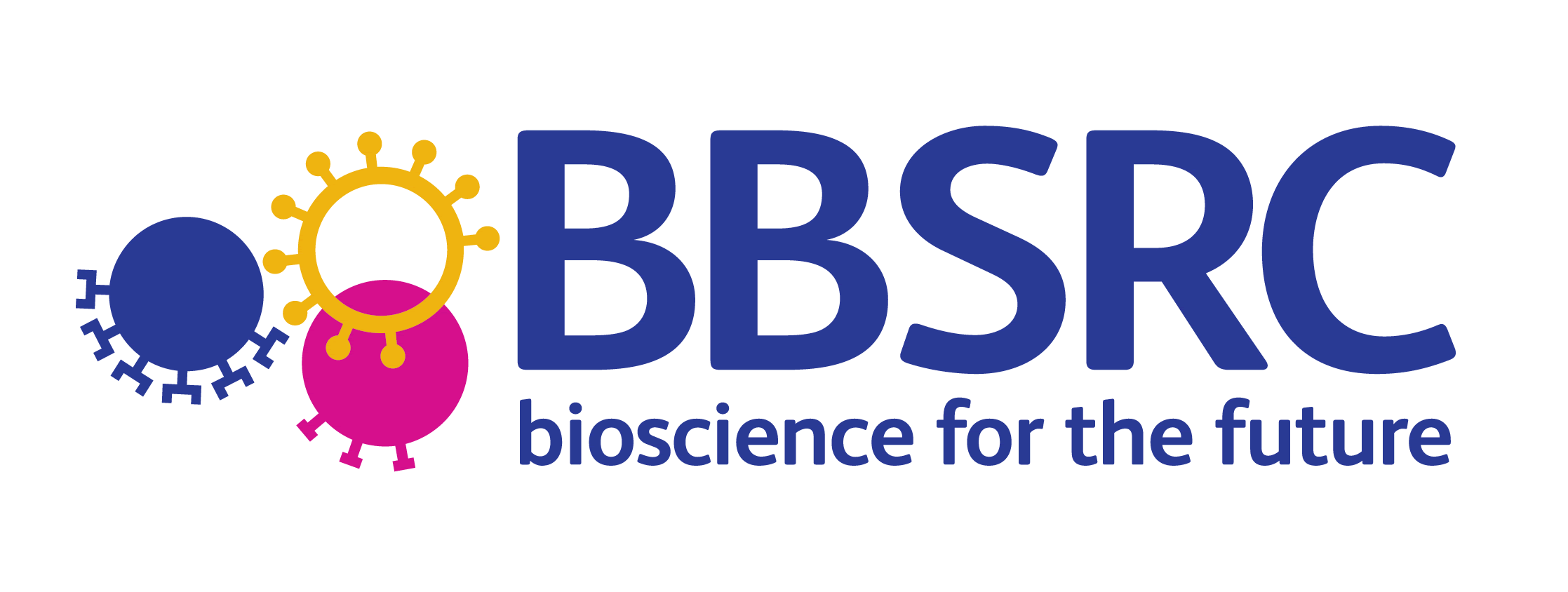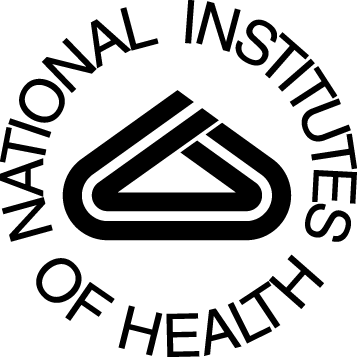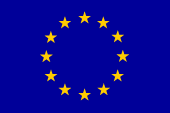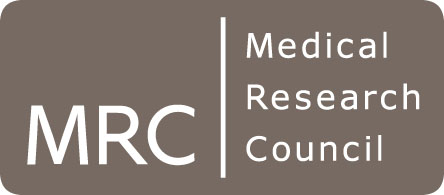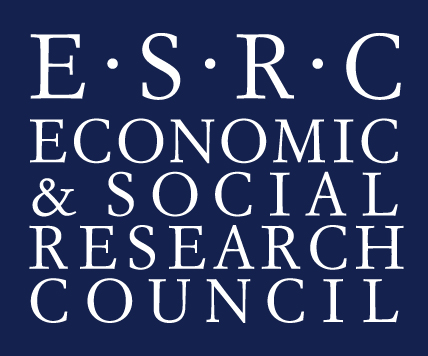Text Mining Resources
Ontologies
What is an ontology?
An ontology is an explicit specification of a conceptualisation. That is, it
contains definitions of the concepts which exist in some body of knowledge. An
ontology normally includes a
taxonomy, which represents sub- and super-class
relationships between concepts. An ontology can also include other associations
or relations between concepts. An ontology may also include
instances,
which are individuals that are members of some of the classes defined in the
ontology.
Bio-medical Ontologies
- The BOOTStrep Gene Regulation Ontology (GRO) is a conceptual model for the domain of gene regulation. It covers processes that are linked to the regulation of gene expression as well as physical entities that are involved in these processes (such as genes and transcription factors) in terms of ontology classes and semantic relations between classes. The ontology has a particular focus on the relations between processes and the molecules (participants) involved.
- Gene Ontology (GO) is a collaborative
project to develop controlled, species-independent vocabularies for gene
products to enable uniform queries among different databases. The project
also develops tools for creating, maintaining and using ontologies.
- The Open Biological Ontologies project
is a collection of ontologies available for shared use in biological and
medical domains, ranging from from generic to highly specific.
- The SwissProt knowledge base
(developed by the Swiss Institute of Bioinformatics and
the European Bioinformatics Institute)
provides a highly annotated database of protein sequences, cross-referenced
with 60 other databases to facilitate integration.
- The RiboWeb project
represents structural and other data about the ribosomes of prokaryotic organisms
(especially E. coli) for molecular modelling in order to help scientists
understand the mapping from biological macromolecules' structures to their
functions.
- The Sequence Ontology Project defines
a vocabulary for describing protein sequences' and nucleotides' features,
gene models, mutations and related phenomena and annotating them in genomic
databases to allow uniform queries.
Useful Links
- Several formal languages are used for ontology development. At present
the W3C proposes OWL (Web Ontology
Language) as the main standard. NaCTeM's TerMine plugin for Protégé helps you to populate your OWL ontologies.
- Robert Stevens, Bioinformatics Lecturer in the BioHealth Informatics Group
at the University of Manchester provides a useful bio-ontology
page with an introduction to ontologies, a bio-ontology mailing list
and links to several important bio-ontologies.
- The Division of Biomedical Informatics at the Cincinnati Children's Hospital
Medical Center provides another
useful page on bio-ontologies with links to ontology development tools
and related publications.
- Following the Ontologies for Molecular Biology Workshop in 1998 in Montreal, this
website and mailing list were established to encourage further dialogue
on standards and collaboration in molecular biology ontologies.
- The Cambridge Healthtech Institute (Massachussetts, USA) provides a
list of ontologies and nomenclature resources for life sciences.
- The OpenClinical non-profit organisation provides an introduction
to medical ontologies with information about their benefits, relevant
issues and links to current work.


